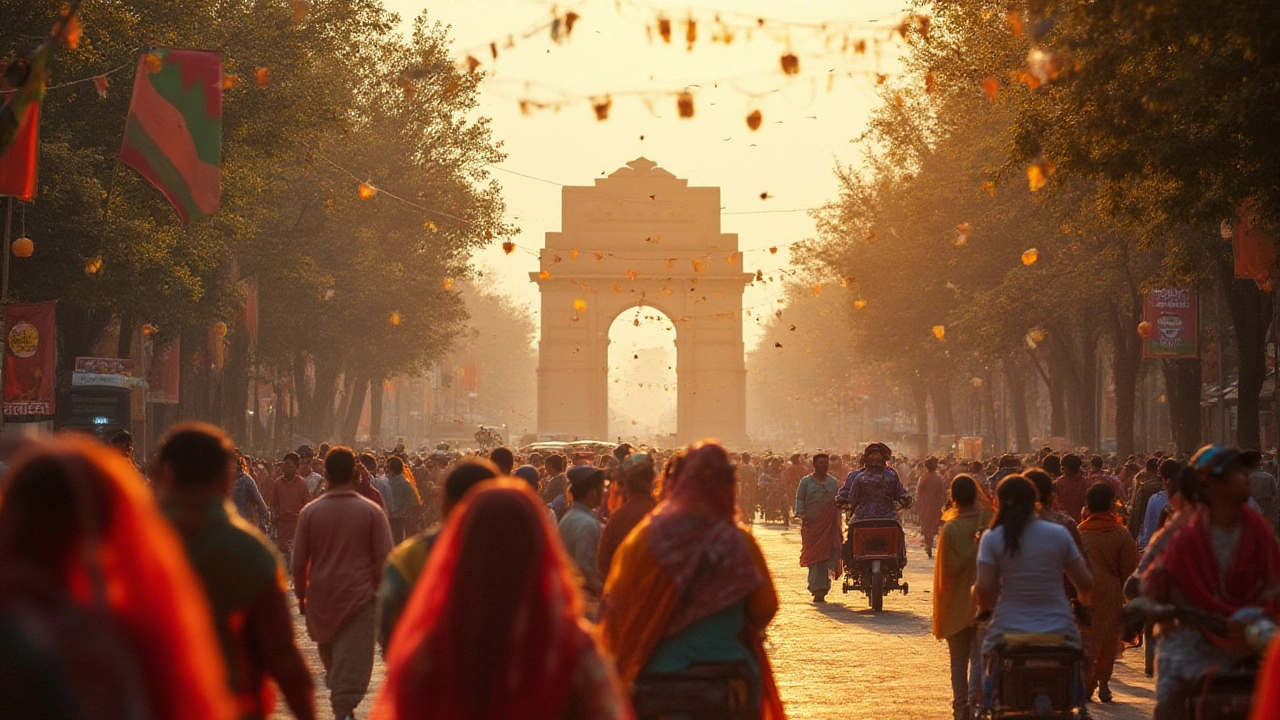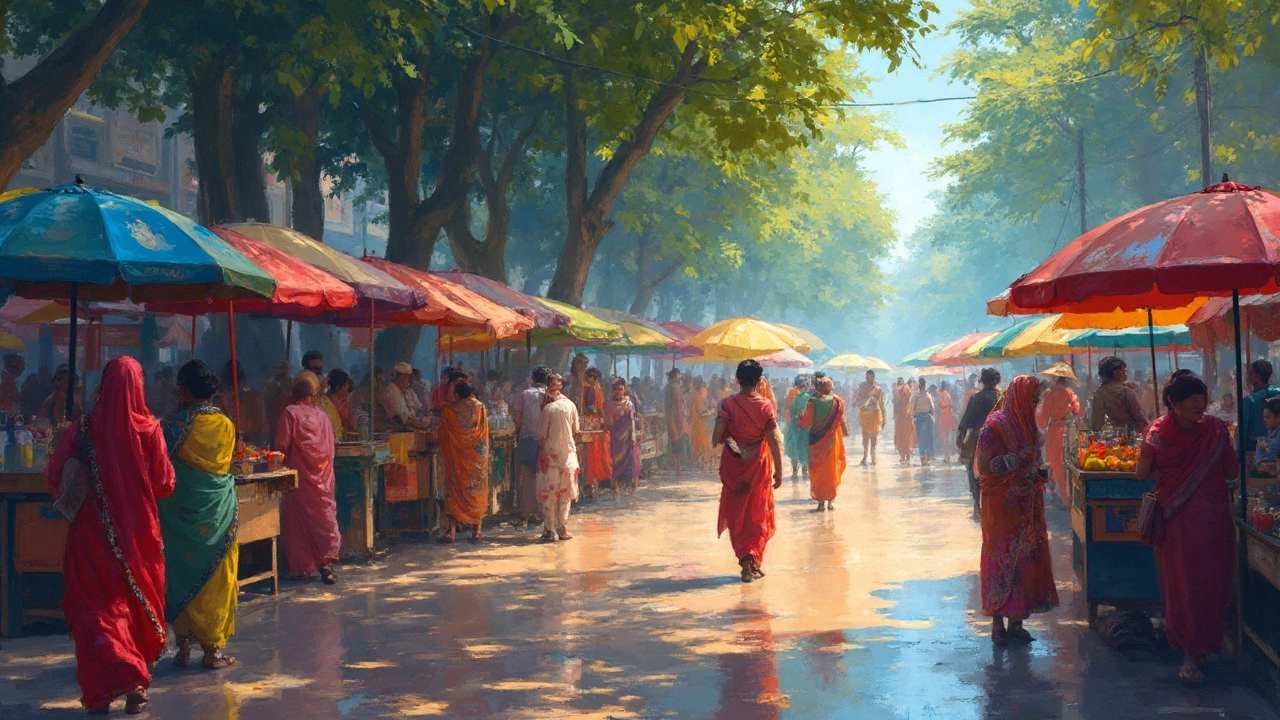
Planning to explore the Golden Triangle in India? Find out the best months to visit Delhi, Agra, and Jaipur, with tips on weather, festivals, and travel.
When you’re figuring out the best time to visit, best time to visit, the sweet spot where climate, tourist flow, and expenses line up for a smooth trip is the key to a great experience. Understanding the Season, the yearly cycle of temperature and rainfall that varies across India’s regions helps you dodge monsoon downpours in the South and scorching heat in the Desert. Keeping an eye on the Weather, daily conditions like temperature, humidity and precipitation that affect outdoor plans lets you pack right and schedule activities responsibly. Festivals, cultural celebrations that draw huge crowds and create vibrant atmospheres can be a bonus or a headache, depending on whether you crave lively streets or quiet sites. Finally, Travel cost, prices for flights, accommodation and local transport that often spike in peak months usually decides if a trip fits your budget.
India’s size means the best window changes from north to south. In the Himalayas, the cool months of October to March bring clear skies, making trekking and sightseeing safe. Down south, December to February offers pleasant temperatures and low humidity—ideal for beach towns like Goa. The central plateau, including Jaipur and Delhi, enjoys mild weather from October to November, when the sky is clear and the temperatures are comfortable for exploring forts and markets. Each region’s season dictates not only the weather but also the timing of major festivals: Diwali lights up the north in October‑November, while Pongal brightens Tamil Nadu in January. Those festivals boost local vibrancy but also push up accommodation prices and crowd density, so your decision must balance the cultural buzz with personal comfort.
Choosing the best time to visit is essentially a trade‑off among three factors: climate, crowd levels, and cost. When the weather is perfect, crowds tend to swell and prices rise—think of the tourist surge during the winter holiday season in popular spots like Agra and Varanasi. Conversely, traveling in shoulder months such as late September or early May often means fewer visitors, lower rates, and still decent weather, especially in the coastal regions. If you prioritize budget, look for off‑peak periods where airlines and hotels offer discounts, even if you have to tolerate a bit of heat or occasional showers. For adventure seekers, the monsoon can turn waterfalls into spectacular shows, but it also brings travel delays, so safety considerations become part of the equation.
Another layer to consider is the type of experience you want. Wildlife enthusiasts might target the dry season (October to June) for safaris in Madhya Pradesh or Karnataka, when animals gather around waterholes and visibility improves. Beach lovers usually prefer the cooler months (November to February) to enjoy sea breezes without the sticky humidity. Cultural tourists often plan trips around festival dates to catch unique rituals, but they should book early to secure lodging before prices spike. By mapping your priorities—whether it’s comfort, cost or cultural immersion—to the seasonal patterns, you create a personalized travel calendar that maximizes enjoyment.
Practical tips to lock in the right window include checking historic weather averages on a reliable site, monitoring flight price trends with alerts, and reviewing crowd forecasts on travel forums. When you spot a gap between your ideal weather and budget constraints, consider splitting your itinerary: spend the cooler days in the north and move south when temperatures rise. This way you get the best of both worlds without blowing your wallet. Also, keep an eye on visa processing times; some seasons see higher application volumes, which could affect your departure date.
With these insights, you now have a framework to decide when to book your tickets, pack your bags and set off for India. Below you’ll find a curated list of articles that dive deeper into regional climate charts, festival calendars, cost‑saving hacks and safety advice—each piece designed to help you fine‑tune your travel plan and make the most of the perfect window you choose.

Planning to explore the Golden Triangle in India? Find out the best months to visit Delhi, Agra, and Jaipur, with tips on weather, festivals, and travel.

Northern India experiences its hottest weather in June. With temperatures soaring, understanding the climate can help travelers plan their trips wisely. Learn about what to expect in this scorching month and get tips on staying cool while visiting iconic destinations. From seeking shade at the right times to exploring cultural sites in cooler hours, smart planning can make your northern Indian adventure enjoyable.